As the holiday season approaches, travel will be on the horizon for many parents and children. Traveling with children can be stressful for any family. With the additional needs of children with sensory disorders or sensitivities like those associated with ADHD or Asperger’s Syndrome, travel can become much more difficult and stressful for both parents and children. We are here to help guide you through some ways to navigate the holiday season with greater ease.
In this article, we will share 10 relaxation tips and techniques that can help promote a more enjoyable and mindful journey! To help make it easier to remember we created the acronym: R.E.L.A.X.A.T.I.O.N
- Read
- Enter/Exit
- Legs
- Atmosphere
- RelaX
- Attention
- Teach
- Ideas
- Organization
- Naps and Nature
Read on to learn some simple ways to help make traveling with children with conditions such as ADHD or Autism, more mindful and calm for both you and your child.
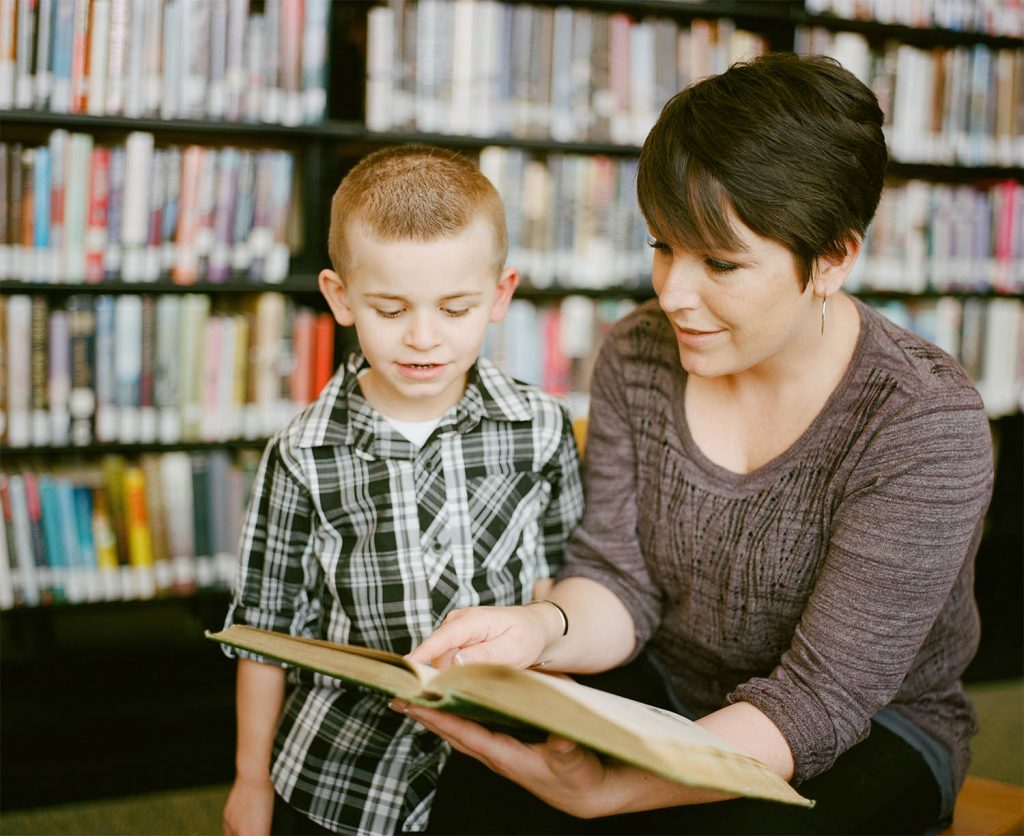
R – Read
Read social stories or books, look at online videos, listen to audio stories on transportation like planes and cars to prepare your child for the type of transport you will be using and help them learn what to expect.
Do the same for your destination, giving them a chance to voice their likes and dislikes, and ask questions and curiosities.
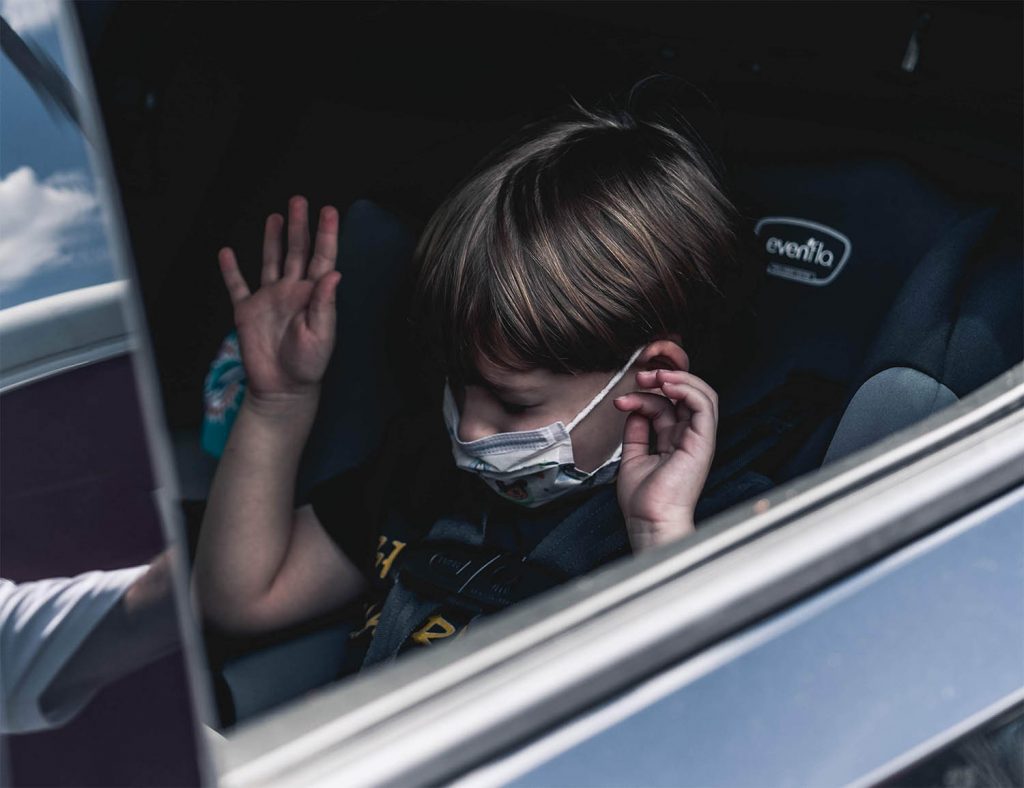
E – Enter/Exit
You can prepare your child for arrival and departure by practicing entering and exiting the car at home. This helps them understand what to expect verbally or visually and gives them a chance to raise concerns or questions in a controlled environment. Language works nicely to prompt the child on what they are now experiencing in real time and what will come next.

L – Legs
Let your child move!
Movement before or during any breaks during a trip and any other time when prolonged sitting takes place can be great opportunities for sensory input.
Good, supervised movement activities that we also use in the clinic include,
- Animal walking
- Stretches such as yoga
- Wall push-ups for calming pressure
- Walking in place
On long breaks implementing a short or longer 3- 10 minute dance sequence with imitation movements can be performed and get the whole family moving!
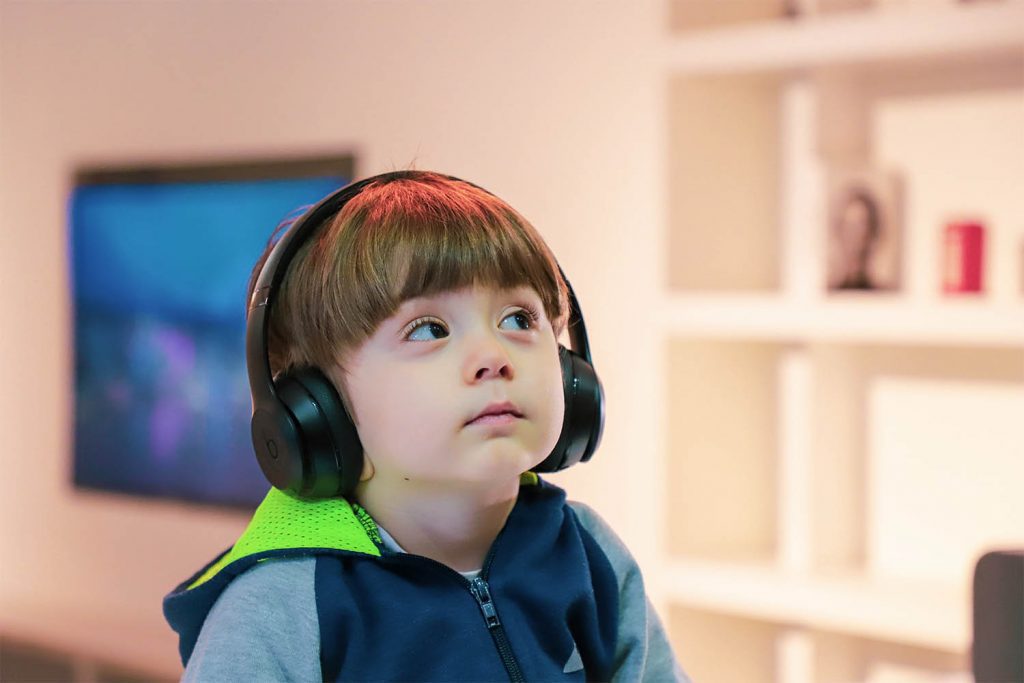
A – Atmosphere
The environment surrouding your child plays a significant role in external stimulus, so considering the atmosphere is important. We consider atmosphere as factors that impact the mind, body and soul.
The mind, body and soul approach can include:
- Soothing music for the Mind . Headphones to promote calm music. If sleeping away from home is not well tolerated, packing and introducing noise with a portable sleep sound machine may benefit.
- Comfortable clothing for the Body such as elastic waisted clothing for comfort. Your child will likely be much more comfortable in leisure or lounge wear versus tight fitting clothing which may promote discomfort during prolonged wear.
- Soothing lotion with deep pressure, and words that hug as well as hands/arms to hug them and promote calm for Soul.
X – RelaX
You’re halfway there…take 10 deep breaths and recenter, this trip is going to be an awesome experience!
A – Attention
Promote your kids’ attention while sitting with seated tasks such as:
- Visually stimulating coloring
- Mindful more intricate coloring books for parents/ older children
- Tactile toys such as puzzles,
- Scented playdough for sensory tactile play,
- Squeeze toys for proprioceptive input and
- Animal lap pads that are weighted to serve for comfort as well as tactile stimulation as many are furry animals.
T – Teach
Trips are teachable moments.
A lot of novel learning will take place and remember to use a mindful approach to opportunities for sights, noises, and smells to teach and learn from your child what he or she is experiencing at that moment in time.
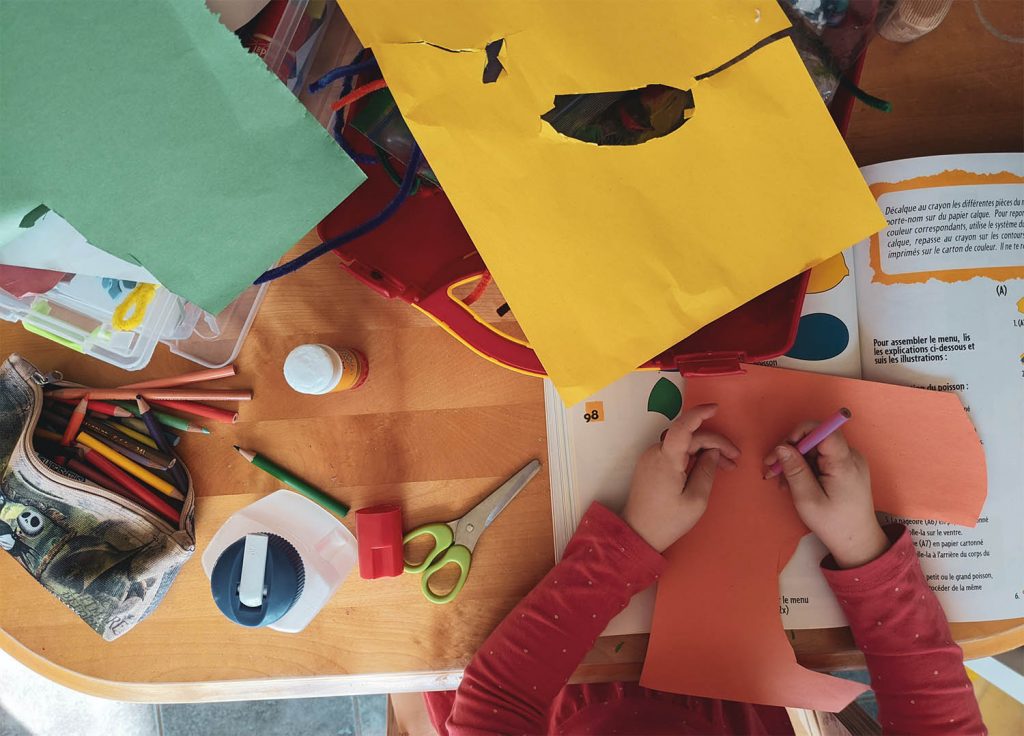
I – Ideas
Ideas are born from travel experiences, channel these experiences into creative outlets and projects to cement learning.
Ideas include:
- Make a collage of your trip photos
- Make your own storyboard, or scrapbook using multimedia crafting of objects collected during trip
These can help create a multisensory experience when you get back home.
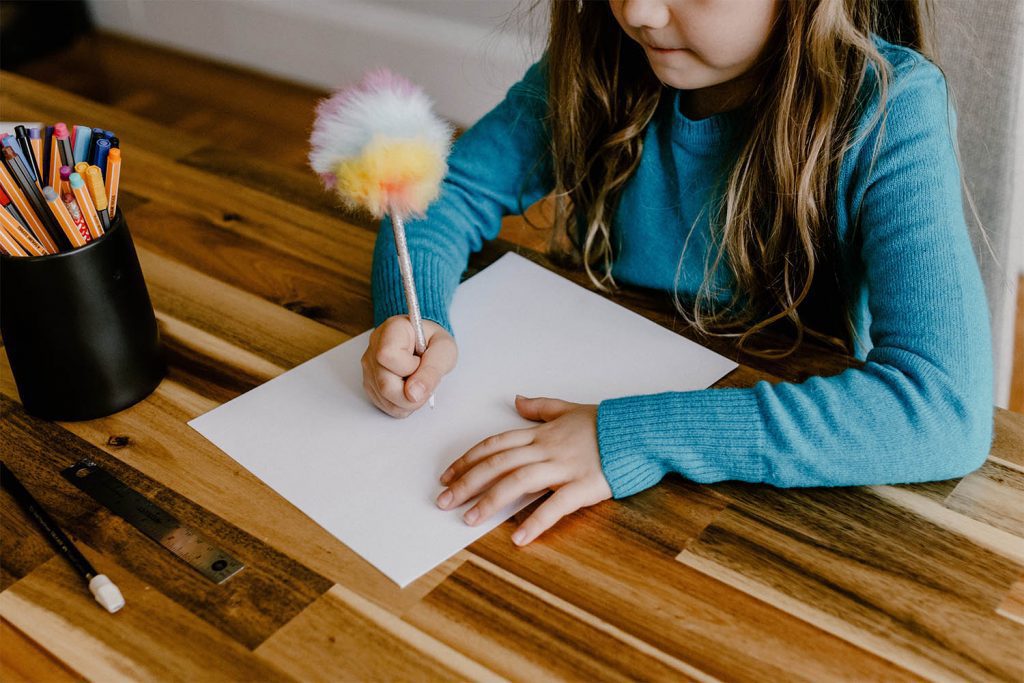
O – Organization
Kids may encounter difficulty with being in a new environment, to make struggles less with misplacing personal items, toys, or clothing, it may be beneficial to keep a routine in place for where to keep each item to make packing up easier as well.
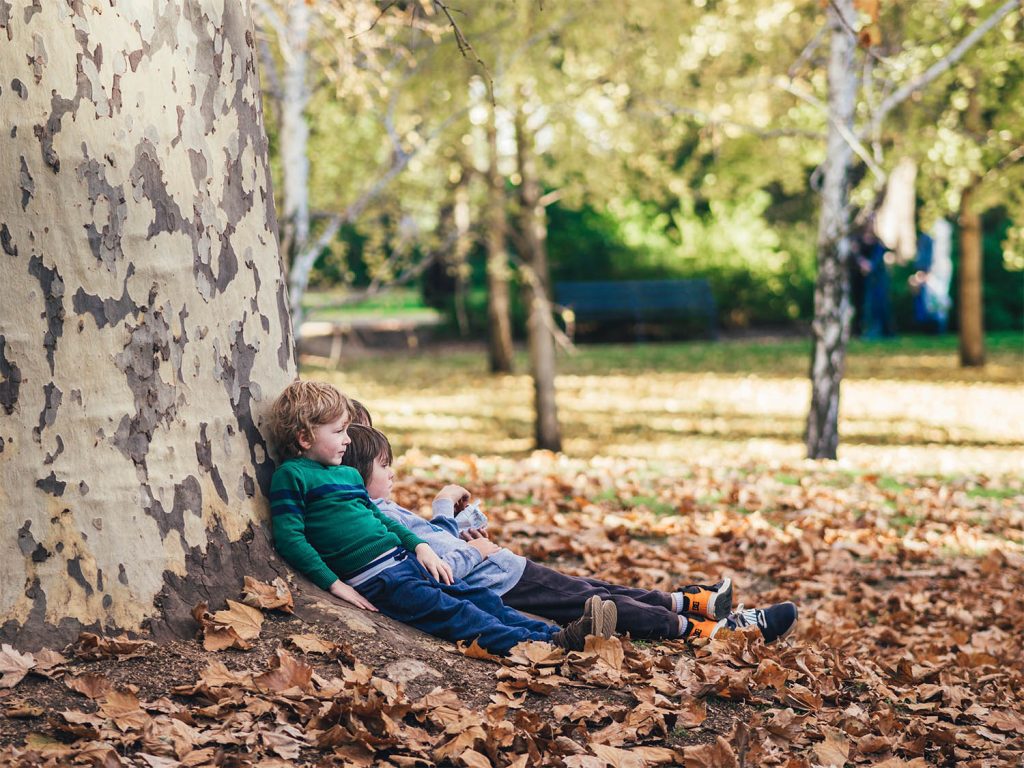
N – Naps and Nature
Lastly, take the time for any environmental experiences such as getting outside and exploring safely, and remember smaller kiddos will need nap routines to promote optimal experiences. So plan accordingly and have an awesome whole child/ whole parent travel experience.
Even implementing just a few of these mindful techniques will allow you and your child to experience vacation in a more relaxing and stress-free way. On your next holiday trip, try to implement one or more of these tips, and let your therapist know how it went! Ask your occupational therapist or speech therapist about any situation that happened during your trip where you need feedback. You’ll be surprised how R.E.L.A.X.A.T.I.O.N. will make a world of a difference in your next trip!




0 Comments